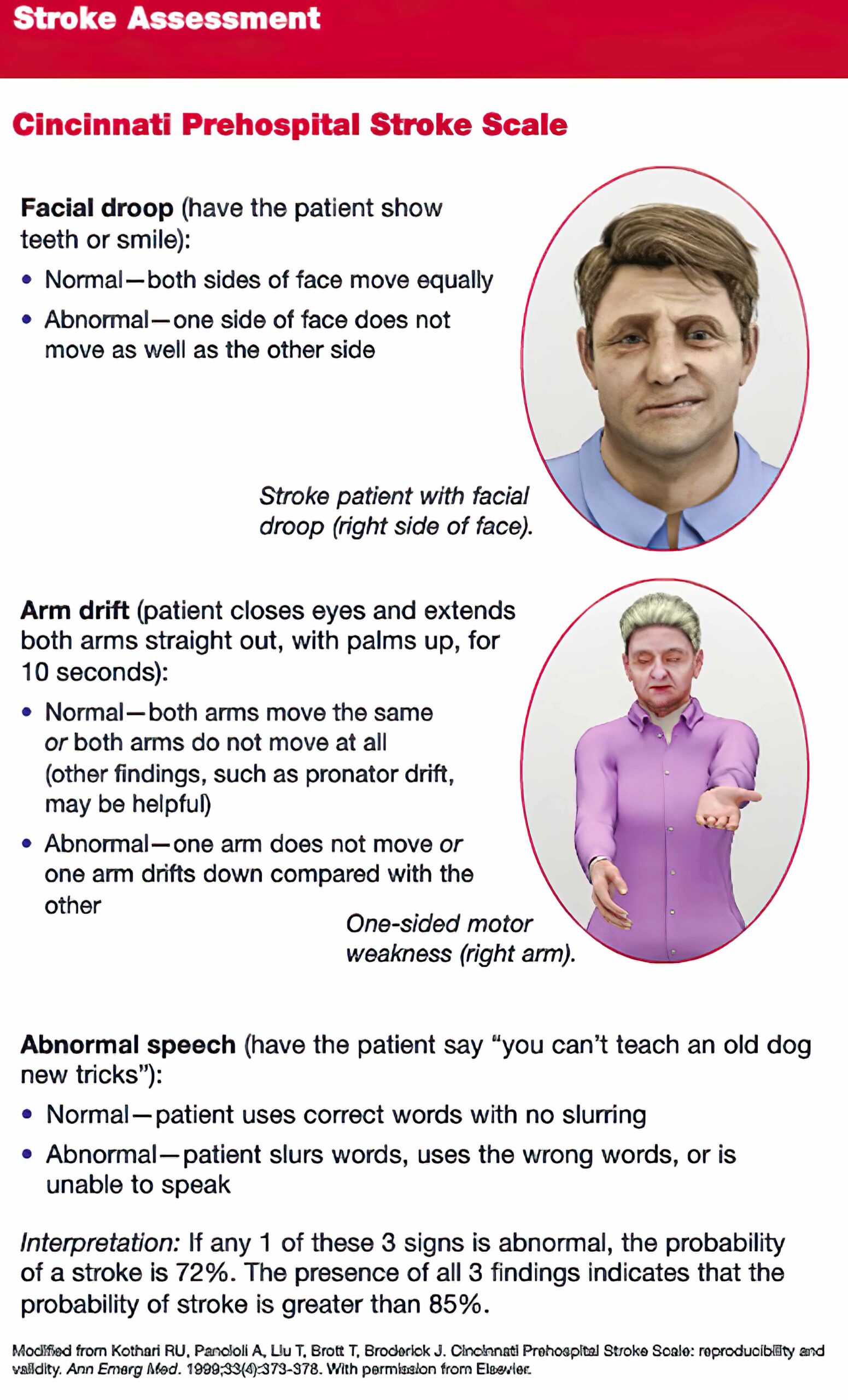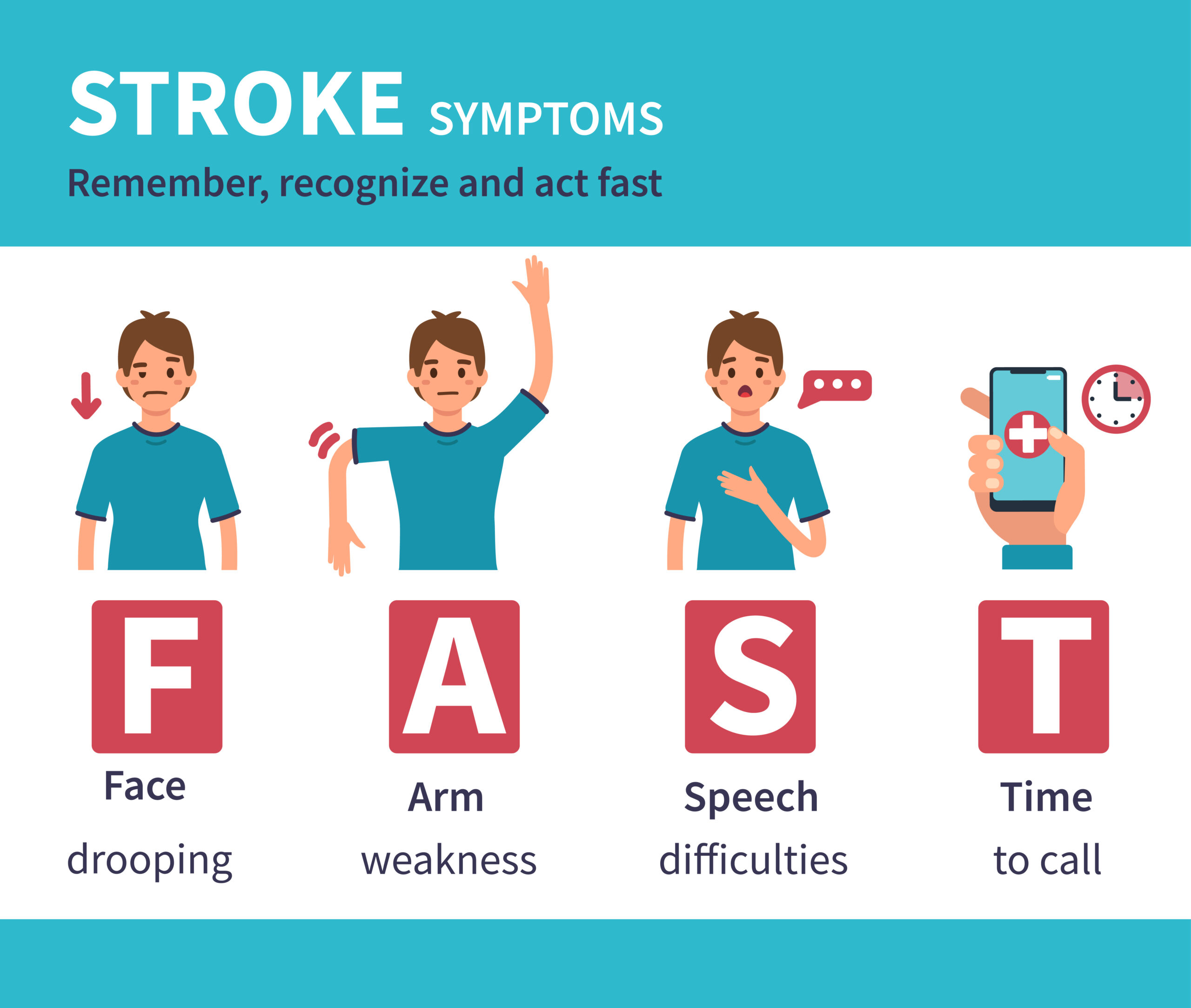Stroke
The care of patients with stroke has improved due to a combined effort of public awareness, improved emergency services, the use of stroke algorithms across hospitals, and the formation of dedicated stroke units. Over the last 5 years, the rate of fibrinolytics provided within the appropriate time window has increased, contributing to improved patient outcomes.
Centralized Stroke Centers
Research from the National Institutes of Neurologic Disorders and Strokes (NINDS) indicates that stroke care improves when there is a collaboration among community and academic hospitals. This ensures a coordinated effort to centralize care and streamline patient’s rapid access to recanalization of vascular obstruction and appropriate care following a stroke. These critical interventions allow patients an increased rate of preserved neurologic function and decreases society’s burden from disability.
Awareness and Education
Both the public and healthcare providers must have heightened awareness about strokes to increase the rates of successful fibrinolytic therapy. In particular, clear and concise education to the public about identifying signs of stroke and calling EMS is key.
Emergency Medical Service
EMS is a vital link in the care of stroke patients. All EMS providers must be able to assess for stroke. This is best done using validated screening assessments such as the Cincinnati Prehospital Stroke Screen.

Cincinnati Prehospital Stroke Scale

F.A.S.T. Stroke Response
Stroke Centers
There are various tiers of centers dedicated to stroke care. These centers allow streamlined and effective management of acute and follow-up stroke care. Primary stroke centers have administrative and staffing support, allowing them to follow the best practices of stroke care. Higher levels of specialized care are offered by comprehensive stroke centers. To reach beyond the institution and make care more uniform, stroke-prepared hospitals have access to remote expertise using telemedicine.